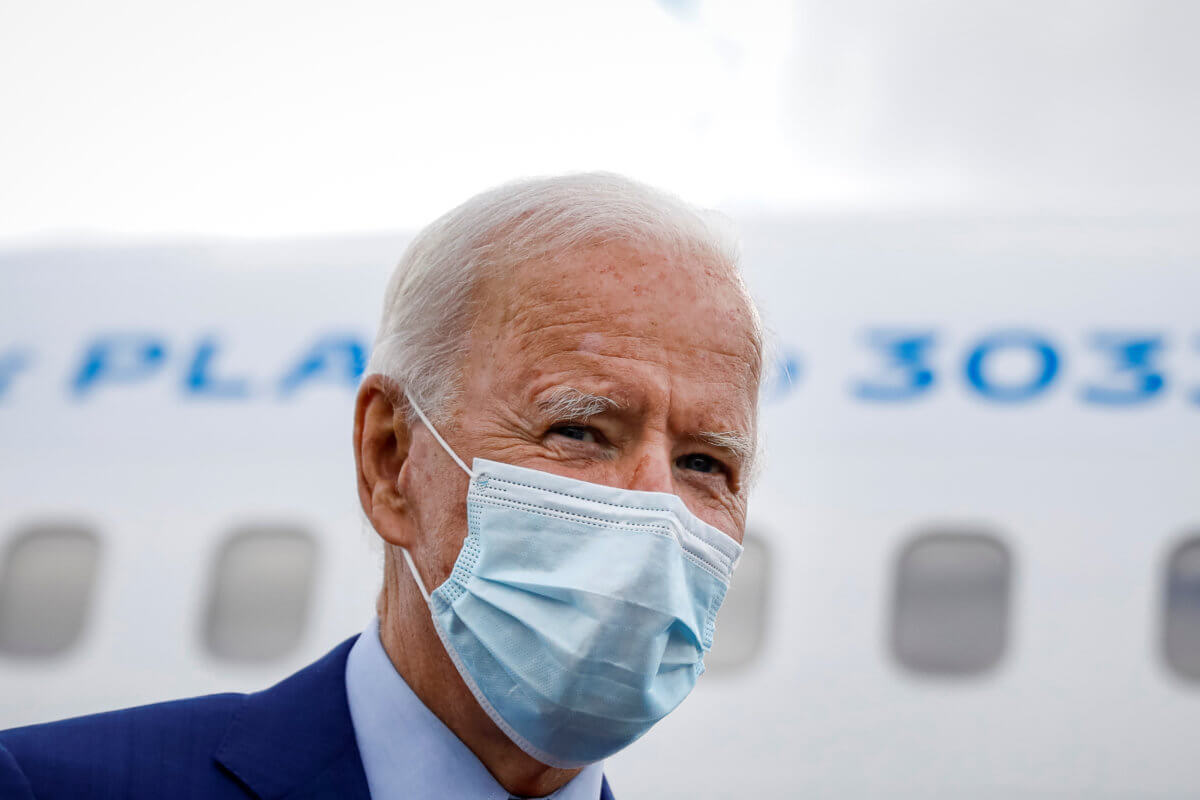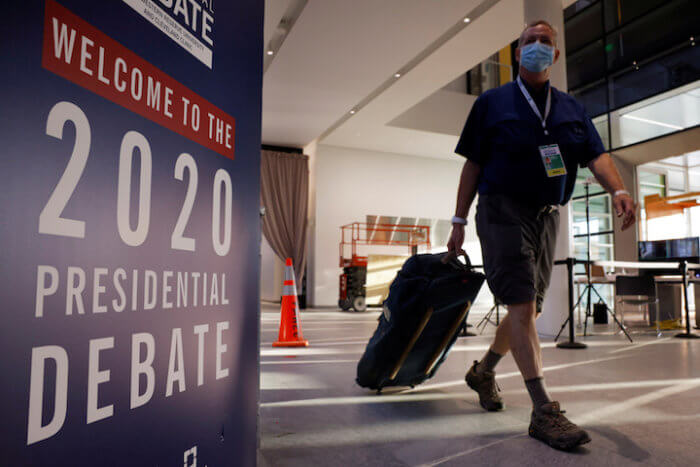Democratic presidential candidate Joe Biden appeared to lead President Donald Trump among likely voters in Florida and the two were locked in a tight race in Arizona, according to Reuters/Ipsos opinion polls released on Wednesday.
The polls showed the former vice president ahead by 4 percentage points in Florida, matching the poll’s credibility interval, and up 2 points in Arizona. The two candidates had been effectively tied in Florida and Arizona the prior week.
Reuters/Ipsos is polling likely voters in six states – Wisconsin, Pennsylvania, Michigan, North Carolina, Florida and Arizona – that will play critical roles in deciding whether Trump wins a second term in office or if Biden ousts him in the November election.
Below is a state-by-state look at Reuters/Ipsos findings, based on the online responses of likely voters, which include responses from some who cast ballots ahead of the formal Nov. 3 Election Day, which is increasingly common due to the coronavirus pandemic:
FLORIDA (Sept. 29 – Oct. 6):
* Voting for Biden: 49%
* Voting for Trump: 45%
* 50% said Biden would be better at handling the coronavirus pandemic. 41% said Trump would be better.
* 49% said Trump would be better at managing the economy. 45% said Biden would be better.
* 7% said they already had voted.
ARIZONA (Sept. 29 – Oct. 7):
* Voting for Biden: 48%
* Voting for Trump: 46%
* 49% said Biden would be better at handling the coronavirus pandemic. 43% said Trump would be better.
* 52% said Trump would be better at managing the economy. 42% said Biden would be better.
* 3% said they already had voted.
MICHIGAN (Sept. 29-Oct. 6):
* Voting for Biden: 51%
* Voting for Trump: 43%
* Biden had led Trump 49% to 44% in a Sept. 11-16 poll
* 50% said Biden would be better at handling the coronavirus pandemic. 41% said Trump would be better.
* 49% said Trump would be better at managing the economy. 44% said Biden would be better.
* 10% said they already had voted.
NORTH CAROLINA (Sept. 29-Oct. 6):
* Voting for Biden: 47%
* Voting for Trump: 47%
* 47% said Biden would be better at handling the coronavirus pandemic. 45% said Trump would be better.
* 52% said Trump would be better at managing the economy. 40% said Biden would be better.
* 8% said they already had voted.
WISCONSIN (Sept. 29-Oct. 5):
* Voting for Biden: 50%
* Voting for Trump: 44%
* 50% said Biden would be better at handling the coronavirus pandemic. 41% said Trump would be better.
* 51% said Trump would be better at managing the economy. 44% said Biden would be better.
* 13% said they already had voted.
PENNSYLVANIA (Sept. 29-Oct. 5):
* Voting for Biden: 50%
* Voting for Trump: 45%
* 51% said Biden would be better at handling the coronavirus pandemic. 41% said Trump would be better.
* 51% said Trump would be better at managing the economy. 46% said Biden would be better.
* 2% said they already had voted.
NOTES
The Reuters/Ipsos opinion polls are conducted online in all six states in English, as well as in Spanish in Arizona and Florida.
* In Florida, from Sept. 29 to Oct. 6, it gathered responses from 1,100 adults, including 678 likely voters, and had a credibility interval of 4 percentage points.
* In Arizona, from Sept. 29 to Oct. 7, it gathered responses from 1,099 adults, including 663 likely voters, and had a credibility interval of 4 percentage points.
* In Michigan, from Sept. 29 to Oct. 6, it gathered responses from 1,098 adults, including 709 likely voters, and had a credibility interval of 4 percentage points.
* In North Carolina, from Sept. 29 to Oct. 6, it gathered responses from 1,100 adults, including 693 likely voters, and had a credibility interval of 4 percentage points.
* In Wisconsin, from Sept. 29 to Oct. 5, it gathered responses from 1,000 adults, including 601 likely voters, and had a credibility interval of 5 percentage points.
* In Pennsylvania, from Sept. 29 to Oct. 5, it gathered responses from 1,000 adults, including 605 likely voters, and had a credibility interval of 5 percentage points.
































